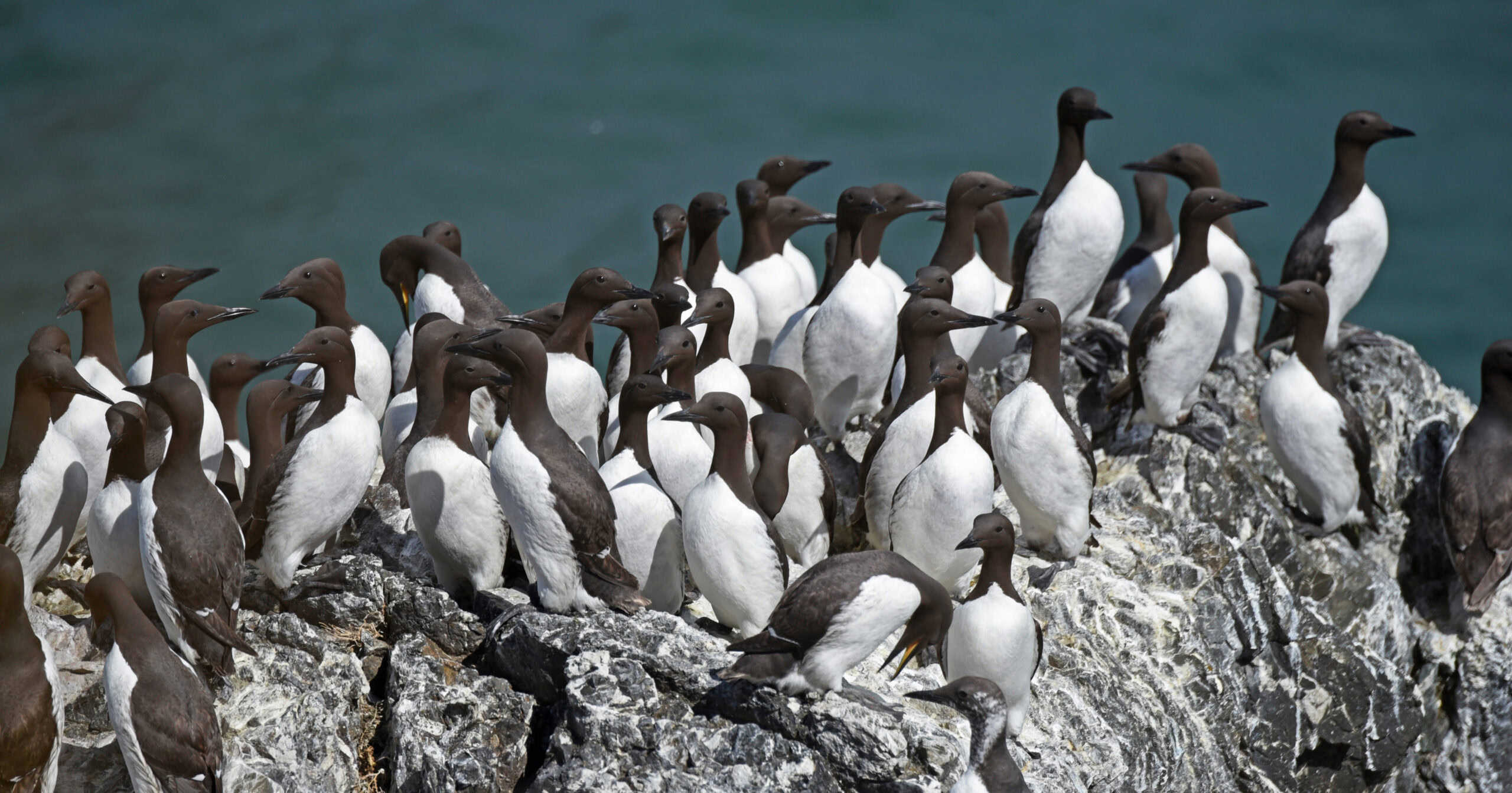Share this article
Funding process continues to move forward in the Senate
During the federal budget process, Congress has two main tasks: producing a budget resolution and 12 appropriations bills. As has often been the case in recent years, these processes have been delayed by Congressional inaction and indecision.
In the Senate, a budget resolution was agreed to on Oct. 19. The budget resolution is typically — though not always — decided upon first and it dictates the rest of the appropriations process by setting limits on total levels of revenue and spending. Once both the House and the Senate have set their respective resolutions a conference committee reconciles the differences. Congress must also decide how much money can be spent on discretionary programs through the appropriations bills. The House and Senate Appropriations committees divide the money specified in the budget resolution into separate appropriations bills. This allocation sets the maximum amount that the subcommittee can spend for all the agencies and programs in their jurisdiction. After both the Senate and the House pass their appropriations bills, they must go through a reconciliation process in order to develop a bill that both chambers can vote to approve.
As part of the budget resolution, in order to generate more money in order to fund new tax cuts, the Senate voted to a fast track process for writing legislation that would permit energy exploration in the Arctic National Wildlife Refuge (ANWR). Under the budget, the Senate Energy and Natural Resources Committee has until Nov. 13 to draft a bill that would generate $1 billion through drilling in ANWR. Because of the process under which the bill is being generated, it could move forward with a simple majority vote, without the threat of a filibuster, meaning it could pass without any support from Democrats if all Republicans support it.
Another proposal that made it into the budget resolution was language that would establish a deficit-neutral reserve fund to provide full, permanent, and mandatory funding for the payment in lieu of taxes (PILT) program. PILT requires the federal government to pay local governments with public lands in their jurisdictions to help offset losses in property taxes because of the non-taxable federal lands.
The Senate has not yet produced all their appropriations bills. The Interior, Environment and Related Agencies Appropriations Subcommittee Chairwoman Lisa Murkowski (R-AK) and ranking member Tom Udall (D-NM) were initially intending to release their spending bill Oct. 17, however that was pushed back after the return of Sen. Thad Cochran, the Appropriations Committee chairman, to Washington was delayed after health issues. As Cochran has now returned to D.C., the bill is expected to be released and taken up soon. Many believe the Senate will reject the Trump administration’s proposal to reduce the EPA budget by nearly one-third — from $8.1 billion in FY17 to $5.7 billion. The Department of the Interior is expected to see cuts for several of its agencies, but it likely will not be as steep as President’s budget request.
For the fiscal year of 2018 (FY18), the House passed an omnibus package of all twelve Appropriations bills in September and then agreed to a budget resolution in the beginning of October. On Oct. 26 the House decided to adopt the Senate budget resolution as written. This was done as the Senate budget would allow Congress to pass tax reform with only 51 votes needed in the Senate, instead of the usual 60.
For more about the House FY18 appropriations process read Interior and EPA Appropriations Bill passes house committee and House debates amendments to FY18 Appropriations Bill.
Header Image: ©Bob Wick/BLM








